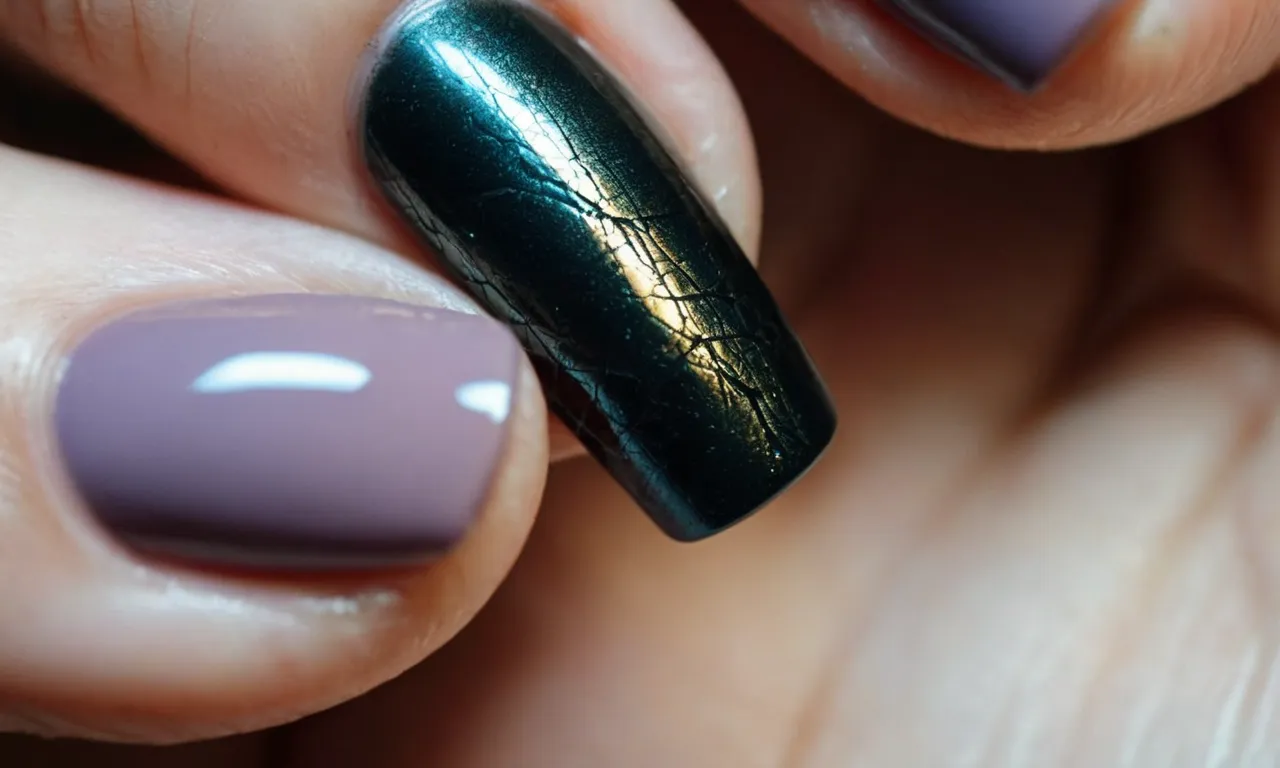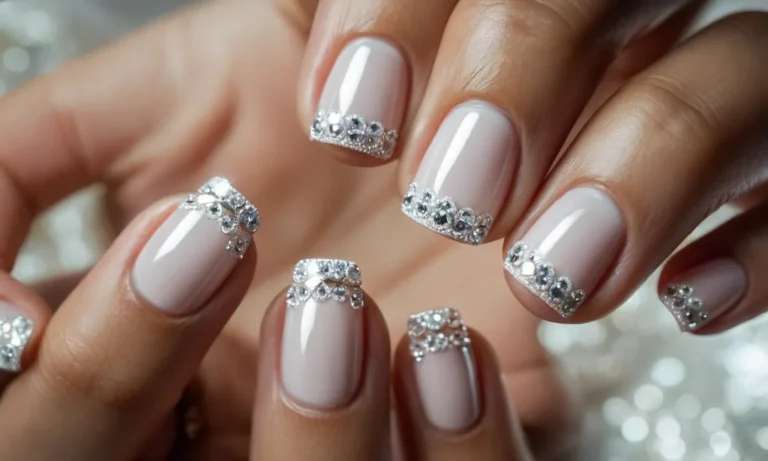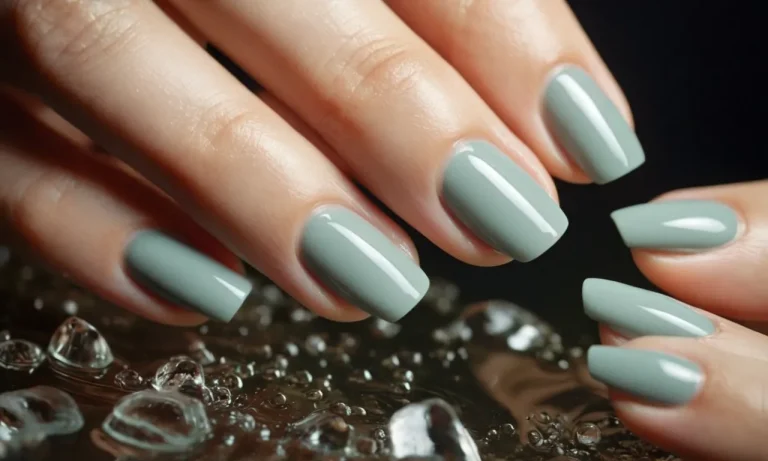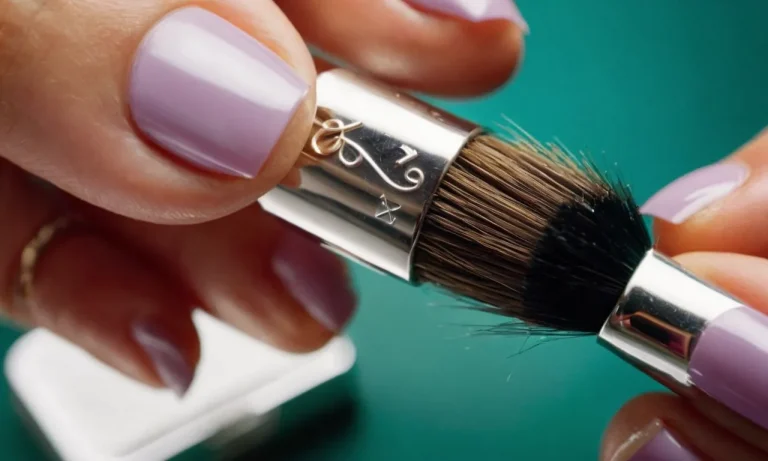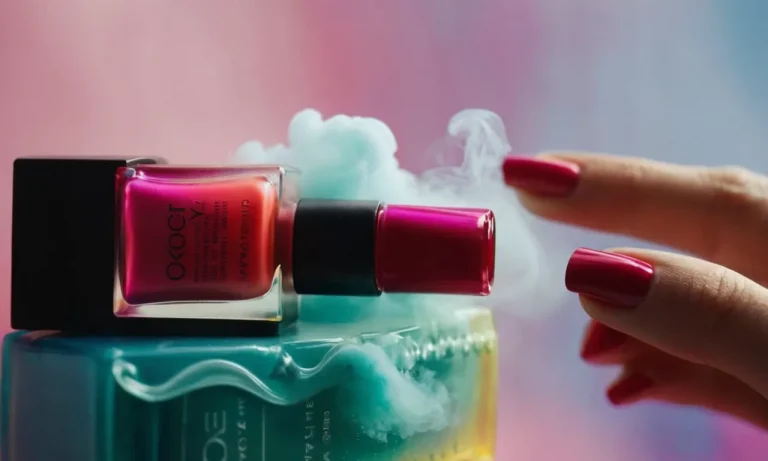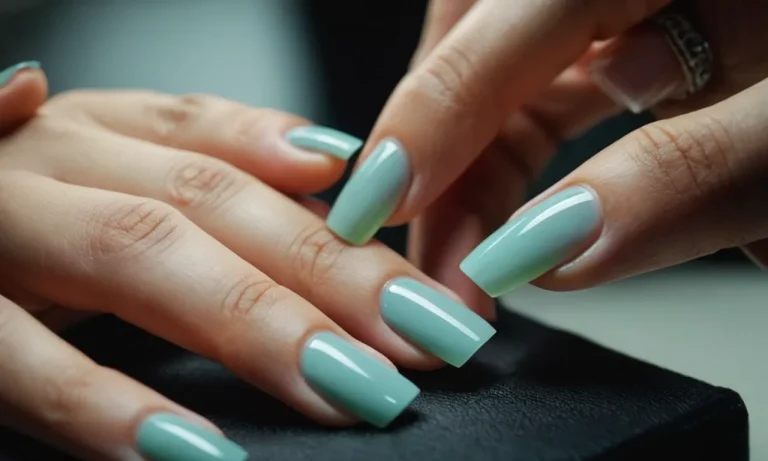How Long Does Nail Primer Take To Dry?
If you’ve just painted your nails and are wondering how long you need to wait before moving on to the next step, you’re not alone. Nail primer is an important part of the manicure process, helping polish adhere to nails and last longer without chipping or peeling.
But like polish, primer needs time to fully dry and cure before continuing your manicure. Keep reading to learn everything you need to know about nail primer drying time.
If you’re short on time, here’s a quick answer to your question: Most nail primers take 2-3 minutes to dry enough to apply polish over. But for full curing and maximum durability, wait 10-15 minutes before moving on.
What is Nail Primer?
Nail primer is an important base layer that preps the nails for polish application. Applying nail primer before the color creates better adhesion so the lacquer lasts longer without chipping or peeling. Primer forms a tacky layer that polish sticks to better than bare nails.
Using a ridge filling, dehydrating or acid-free primer transforms the nail’s surface so regular polishes apply more evenly and smoothly.
A Base Coat That Preps Nails
Nail primer works as a base coat to prep nails for polish. The thin, quick-drying primer layer fills in imperfections in the nail plate so color glides on smoothly. Primer creates a tacky, sticky surface that lacquer and gel polishes grab onto for maximum adherence.
The adhesive primer layer helps prevent lifting, peeling and premature wear of the manicure.
Provides Adhesion for Polish
The main benefit of nail primer is improving polish adhesion and longevity. Lacquers bond better to the tacky primed nail surface than they do to bare nails. The result is more days of pristine polish with a protective primer base that resists tip wear and peeling.
Data shows most people get 1-2 extra days before their manicure chips or lifts when using a primer underneath color. An OPI consumer study found 60% longer wear time with primer, averaging 6 days between touch ups.
Types: Acid-Free, Ridge-Filling, Dehydrator
There are a few types of nail primer formulas:
- Acid-free – Safe for natural nails. Bonds polish without damaging nails or cuticles.
- Ridge-filling – Smooths uneven texture so polish applies evenly.
- Dehydrator – Removes surface moisture and oils for better polish bonding.
Many brands offer multipurpose primers combining these benefits. Always check if the formula is safe for natural bare nails before priming tips.
| Nail Primer Benefits | With Primer | Without Primer |
|---|---|---|
| Adhesion | Maximum polish bonding | Weaker lacquer adherence |
| Wear Time | Up to 6 days chip-free | 1-3 days average |
| Smoothness | Evens out texture | Bumps and ridges visible |
Using a high-quality base primer suitable for natural or acrylic nails ensures the longest lasting, flawless manicure possible.
How Long Does it Take Nail Primer to Dry?
Nail primer is an important step in achieving a long-lasting, chip-free manicure. But like most things related to nail care, drying times vary depending on several factors. Here’s a look at how long it typically takes nail primer to dry before polish application:
2-3 minutes before polish application
Most nail primers require 2-3 minutes of drying time before applying the first coat of polish. This allows the primer to set so it can properly bond with the polish. Rushing this step can cause bubbling or peeling later on.
A general rule is to let the primer dry until it loses its wet, glossy look but still feels slightly tacky to the touch. This means it’s ready for polish.
10-15 minutes for full curing
While nail primer is dry enough for polish after 2-3 minutes, most formulations take a full 10-15 minutes to completely set and cure. This means the primer has formed the strongest possible bond with the natural nail.
Trying to add too many layers of polish while the primer is still curing can cause it to lift or detach later on. So even though the color can be applied after a few minutes, waiting 10-15 minutes allows for the most durable manicure.
Depends on formula, layers applied, and environment
Drying times for nail primer can shift based on the specific formulation, how many layers are applied, and environmental factors.
- Some primers are designed to dry more quickly than others. Quick-dry primers may take only 1 minute before polish application.
- Applying multiple thin layers of primer will extend the drying time compared to a single swipe.
- Humidity can slow down drying time while warmer temps and airflow can accelerate it.
So while 2-3 minutes and 10-15 minutes are good general guidelines, keep these factors in mind too. The most foolproof way to test if primer is ready for polish is to touch it gently and see if it feels dry and slightly tacky.
Following the recommended drying times helps nail primer form a strong base so your manicure lasts for many chip-free days. Rushing the process by applying polish too soon can shorten wear and cause flakes or peeling. A little patience pays off with long-lasting, beautiful nails! 💅
Factors that Affect Drying Time
Primer formula and ingredients
The ingredients in a nail primer significantly impact its drying time. Water-based primers tend to dry faster, in about 30-60 seconds, while oil-based primers can take 2-3 minutes to fully dry. Primers with lots of emollients and moisturizers will also take longer to dry.
Some key ingredients that speed up drying are:
- Isopropyl alcohol – a fast evaporating solvent
- Acetone – a strong nail polish remover that dries quickly
- Benzyl alcohol – another fast evaporating solvent
Ingredients that slow down drying include:
- Dimethicone – gives a smooth finish but delays drying
- Vitamin E and oils – hydrate nails but evaporate slowly
- Thick polymers like acrylates – improve adhesion but dry slower
How many coats applied
Applying multiple thin coats of primer extends the drying time compared to a single coat. With 2-3 thin coats, drying time can increase from 30 seconds per coat to 2 minutes for full drying. Thicker coats also seep deeper into nails, requiring more time to dry out.
Using just 1-2 sheer coats can minimize drying time. Also, allowing each layer to fully dry before adding the next coat helps prevent extended drying.
Nail polish type used after
The type of nail polish applied after primer impacts overall drying time.
- Regular polish takes longer, requiring primer to dry for 2+ minutes.
- Gel polish cures so fast primer only needs 30-60 seconds drying.
- Dip powder needs a tacky base so primer should half-dry for 45-90 seconds.
Quick dry top coats also help primer dry faster underneath by sealing and evaporating solvents.
Environment – temperature and humidity
Warmer and drier conditions speed up primer drying time. Ideal conditions are around 70°F (21°C) and 40-60% humidity. Heat helps solvents evaporate faster while lower humidity prevents moisture interfering with cross-linking.
| Temperature | Humidity | Approx. Drying Time |
| 90°F (32°C) | 20% | 30 seconds |
| 70°F (21°C) | 50% | 45 seconds |
| 50°F (10°C) | 80% | 90 seconds |
Colder temps like 50°F and high humidity over 70% can double drying time. Try keeping room temperature comfortably warm and running a dehumidifier.
Tips for Quicker Drying
Use a fast-drying primer formula
When shopping for a nail primer, look for one specifically marketed as “fast-drying.” These formulas often contain solvents like ethyl acetate that help speed up drying time. Popular fast-drying primers include OPI Natural Nail Base Coat, Essie Here to Stay Base Coat, and Orly Bonder Rubberized Basecoat.
Using one of these can shave several minutes off your manicure drying time.
Only apply thin layers
It’s tempting to glob on a thick layer of primer or polish to try and get full coverage faster. However, thick layers take much longer to dry than thin, sheer layers. For your primer, do just one thin, even coat. Let it dry, then follow up with a second thin layer if you need more coverage.
Remember – less is more when it comes to achieving quick dry times.
Allow 5+ minutes between coats
Most nail primers need at least 5 minutes of drying time between coats. Some may require up to 10 minutes. Be patient and allow each layer to dry thoroughly before adding another. Adding more primer or polish too soon can cause bubbling, dragging, and other application issues.
Those extra minutes of wait time will pay off with a smooth, quick-drying manicure.
Work in a warm, dry area
Temperature and humidity play big roles in drying times. Nail products dry quickest in warm, dry conditions. Try to do your manicure in a room that’s around 70°F or warmer, with low humidity. Steer clear of cold, damp rooms or doing your nails right after showering.
You can even position a fan or space heater nearby to help speed up the drying process.
Use a nail dryer or fan
Nail dryers and fans are designed to dramatically cut down on drying time. Most provide a focused stream of warm air directly onto your nails. Using a nail dryer or fan for 60 seconds after applying primer or polish can eliminate a good chunk of wait time.
Just take care not to hold it too close or over-dry your nails. Combine these drying tools with the other tips for the fastest drying manicure possible!
What Happens if Primer isn’t Dry?
Polish may not adhere properly
If nail primer is not fully dry before applying polish, it can affect how well the polish bonds to the nail. The polish may bubble, wrinkle, peel or just not stick properly. This is because there is still residual tackiness or moisture left on the nail that prevents the polish from forming a strong bond.
Rushing this step and not allowing the primer to fully dry can lead to manicures that don’t last or start chipping within a day or two. Patience is key when using a nail primer for best results.
Can cause bubbling and wrinkling
Bubbling and wrinkling polish is often a sign that the primer coat did not have enough time to dry before the colored polish was applied. The residual moisture from the primer gets trapped under the polish, creating bubbles and an uneven texture.
This can happen even if you think the primer has dried but there are still some microscopic tacky or wet areas left. Allowing those last traces of primer to dry completely, usually 1-2 minutes, preventsissuesdown the line.
Chipping, peeling and cracking
When nail primer is not given enough drying time, you may experience polish that chips, peels and cracks easily. The polish is unable to form a strong bond with the nail because of the interference from the primer layer.
Even if it seems dry at first, the connection is weak and allows the polish to flake off piece by piece. Using thin coats of primer and extending the drying time to at least one minute for each coat will help avoid these annoying issues.
Shortened wear time
Conclusion
When it comes to nail prep, don’t skip the primer! Allowing enough drying time ensures your polish grips tightly for long-lasting, chip-free wear. Most primers need 2-3 minutes before polish application, and 10-15 minutes for full bonding.
Be patient during the manicure process, work in a warm dry area, and your beautiful nails will last for days.

